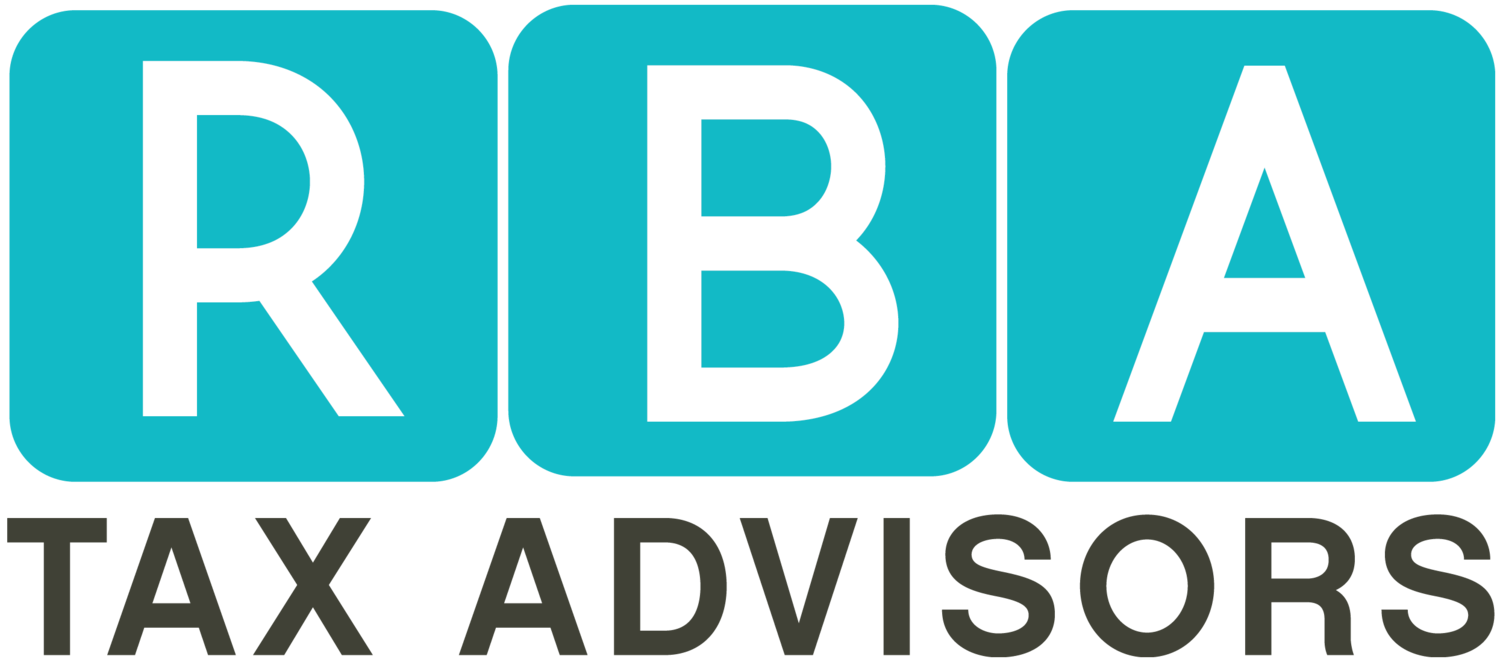Can you imagine that another tax season has come and gone? If you are like most business owners, you may need some time to recover from the weeks of document preparation and the fear of overpaying Uncle Sam. Tax season may be over, yet there are still many business owners in anguish because they dread the idea of being audited, or they just can’t seem to figure out how to take their business to the next level. Despite that fact, there are some business owners who are enjoying the fruits of their labor and you can too.
Running a business can be more rewarding and less stressful if you understand your financial situation and how you can improve. It will also help to be aware of the various performance indicators and how they affect your bottom-line. Weak margins, cash leakages, low profits and slow growth can all be turned around with some time and deliberate action.
To help you get to the next level, I have outlined 3 actionable steps for you below:
Step 1: Know your margins
After deciding where you are and where you need to go, it is time to know your margins. There are several margins that you can track, but your profit margin is one of the most important margins that you should know about.
Profit is the amount of money that your business earns after expenses. To business owners profit is like “the reward for hard work”. On the other hand, your profit margin is the percent of sales that you get to keep after expenses. If you sell more than one product or service, you are able to figure out the profit margin on each product or service and determine the most profitable one (or ones). Knowing the profit margin of each product(s) and service(s) that you offer can help you to decide when to raise your prices, when to stop offering some products or services and even which products or services to promote more.
Step 2: Monitor your cash flow
Cash flow is the movement of money into and out of your business. Cash is used to pay for business expenses including wages, taxes, and supplies. A business cannot operate efficiently without sufficient cash. As your business grows and you have more products, services, and employees, it will be crucial to understand and monitor how much money is coming in and out of the business and the timeline for each. For example, if you are a service based business and you offer services before you get paid, there will be a time lag between the time that you pay your bills and the time that you get paid for your services. You will therefore need to determine how the business is using its cash and implement ways to conserve cash in your business. This goes beyond your bank statement – your bank balance will tell you what has happened in the past. On the other hand, cash monitoring will help you to anticipate what’s coming– and eliminate surprises, overdrafts fees, and most of all, sleepless nights.
Step 3: Implement proper record keeping
Whether you choose a do-it-yourself (DIY) method or hire professional, good record keeping habits are a must. By keeping proper records you can make well-informed decisions, and potentially save you valuable time and money. Recordkeeping should provide answers to the following questions:
- What is the profit margin on each product or service?
- How do I manage my expenses?
- What is my most profitable service?
- What is my client acquisition cost?
Getting to the next level in your business will require you to know your margins, manage your cash flow and maintain proper business records. You may be thinking that you didn’t go into business to be a chief operations officer, but instead to do the things that you are good at, like practicing your expertise. For more information on how you can implement these financial management strategies, schedule a free profitability strategy session by clicking here.
In our time together, I will help you to create a roadmap to get take your business or practice to the next level. Click here to schedule a time to discuss your business goals.


